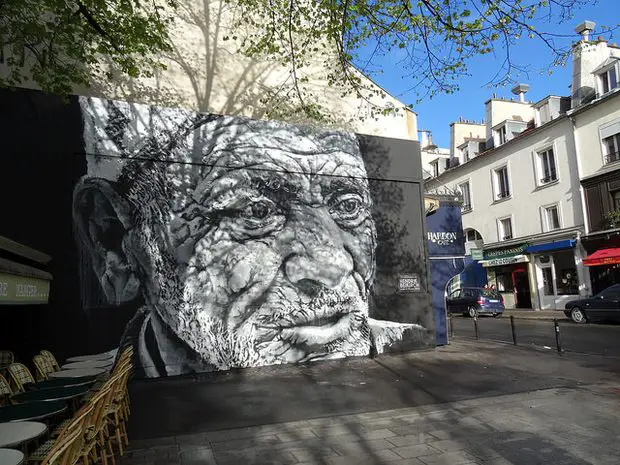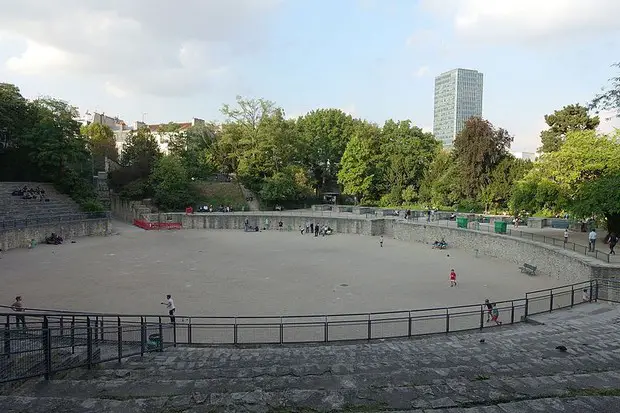Considered the most beautiful museum in the world, the Louvre Museum is also the one that welcomes the most visitors each year, with an average of 8 million visitors. Its galleries extend over no less than 72,000 m², and 35,000 works are exhibited there. This article is the ultimate guide to the Louvre Museum: access, timetables, prices, routes; all the information you need is here.
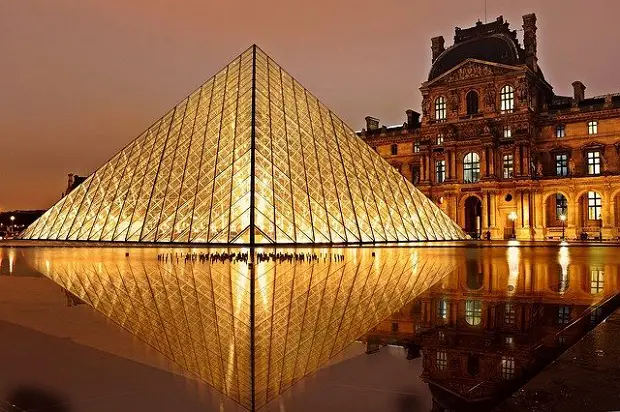
Table of Contents
How to get to the Louvre Museum: transport, car parks, and entrances
Transport
Metro
Line 1 or line 7, Palais Royal/Musée du Louvre stop. This station gives you direct access under the glass pyramid, via the Carrousel du Louvre shopping center. Line 14, Pyramides stop.
Bus
Lines 21, 24, 27, 39, 48, 67, 68, 69, 72, 81, 85, and 95 all go to a station near the Louvre.
Parking
If you come by car, there is an underground car park (Parking Public Indigo Louvre) under the Carrousel shopping center. It is located on Avenue du Général-Lemonnier, and you can park there for €6 per hour.
Entrances to the Louvre
There are four entry points. Entrance through the pyramid, entrance through the Galerie du Carrousel at 99 rue de Rivoli, entrance through the Passage Richelieu, and the Porte des Lions entrance.
If you do not have a ticket and you are not one of the people benefiting from free access (see below), you will have to go to the ticket office under the pyramid.
If you bought your ticket online, you can take the Richelieu passage entrance, reserved for e-ticket holders and those accompanying them.
If you are in a group (from 7 to 25 people) with your own guide, the person in charge must go to Porte des Lions for the formalities, then Passage Richelieu for the group entrance.
If you are in a group with a Louvre guide, you can access it through the Porte des Lions entrance.
For people with reduced mobility, you and those accompanying them will be able to access the museum without waiting, either through the Pyramid entrance or through the Carrousel gallery.
Our advice: The entrance to the pyramid is the best known, and obviously, the busiest. If you don’t want to wait outside, take the entrance through the Galerie du Carrousel. You will have direct access to the basement of the museum.
Schedules and prices
Opening hours
The Louvre Museum is open every day from 9 a.m. to 6 p.m., except Tuesdays. Nocturnes are organized every Wednesday and Friday evening, until 9:45 p.m. The evacuation of the rooms begins between 5:30 p.m. and 9:30 p.m. on late nights.
The Louvre is open every public holiday of the year, except January 1st, May 1st and 8th, and December 25th.
Prices
The price of a ticket is €15 on site (in case of low attendance and within the limit of available seats), and €17 if you buy it online. (website in French)
The ticket gives access to the permanent collections and temporary exhibitions all day and to the Delacroix museum, located in the 6th arrondissement.
Free access for:
- Children under 18
- Young people under 26 living in the European Economic Area
- Job seekers
- Beneficiaries of social minima
- Teachers on presentation of a valid Education Pass
- People with reduced mobility and those accompanying them
- Young people under 26 of any nationality on Fridays from 6 p.m.
A valid proof will be asked for at the desk.
💡 Tip: Cometoparis is the only site that offers you the possibility of buying combined tickets with reductions of sometimes more than 10%.
Between €27 and €32 (website in French) you have the possibility to offer yourself:
- A Louvre museum visit + ride in a bateau-mouche
- A Louvre museum visit + a Pompidou center visit
- A Louvre museum visit + an Arc du Triomphe visit
The museum is also free on the first Sunday of each month from October to March, as well as on July 14th. However, beware of large crowds.
What day and what time to visit the Louvre?
The short answer is early morning or Wednesday and Friday nights during the late hours.
The Louvre is the most popular museum in the world, so it is always relatively full. To visit it without being bothered by the crowd, avoid:
- Busy hours from 11 a.m. to 4 p.m.
- The first Sunday of each month from October to March since the visit is free.
- Summer, which is the season with the most visits.
If you want to visit a specific room, be careful because, given the vast collection that the Louvre has, not all rooms are open at the same time. Remember to consult the room closing schedule.
How long does the Louvre visit take?
If you want to walk, stroll, and stop for just a moment in front of the most famous pieces, then 3 to 4 hours is enough.
Don’t think that you’ll see the entire museum in one day; it’s huge. It is smarter to prepare for your visit, choose your rooms and the works that interest you, and come back to complete your visit another day.
Related article: What to see at the Louvre in 2 hours and don’t waste time
How to visit the Louvre?
Since the Louvre is the largest museum in the world, you have to prepare a little before so as not to feel lost in this huge palace.
You can download a map of the museum, available in several languages (Museum map tab).
On this map, you will see that the museum is divided into three areas: Denon, Sully, and Richelieu.
The works are divided into 8 departments: Egyptian antiquities, oriental antiquities, Greek, Etruscan, and Roman antiquities, Islamic arts, sculptures, paintings, works of art, and graphic arts. Each department has its own colour on the map.
The Louvre also offers audio guides on Nintendo 3DS XL. The software contains over 30 hours of audio commentary and also offers tours through the museum. It also contains high-definition photos of the works and 3D reproductions of certain sculptures.
Renting a Nintendo 3DS XL and software will cost you €5.
The Louvre has also set up a mobile application that will allow you to access audio commentaries on around fifty works. The app also offers routes. This application is available for free on the AppStore and on Google Play.
For a traditional audio guide (with the entrance ticket), it will cost you €5. You can also print and follow one of the many routes available on the Louvre website.
The masterpieces route, for example, will make you discover the greatest works stored in the museum, such as the Mona Lisa, the Venus de Milo, or The Victory by Samothrace.
There are also thematic routes that will make you discover little-known but equally admirable works from the Louvre.
Otherwise, the wandering technique works very well. Stroll around and let yourself be surprised by the works.
The essentials: what to see at the Louvre?
The museum is full of works of art and you don’t know where to turn. For starters, here are a few not to be missed.
Mona Lisa by Leonardo da Vinci
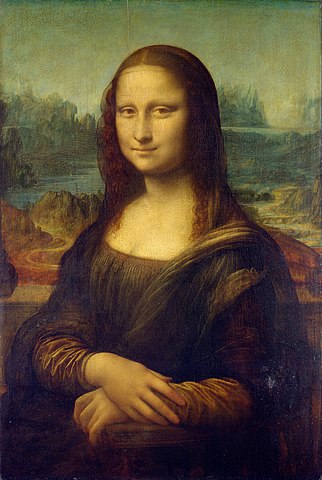
Mona Lisa is the first in this top 10, of course. A true masterpiece of the 16th century, this painting is known all around the world.
Painted by Leonardo da Vinci, it has been estimated that half of the visitors of the Louvre only come to the museum to see this painting.
It must be said that its legendary half-smile and its unmatched beauty know how to fool the crowd.
The Venus de Milo
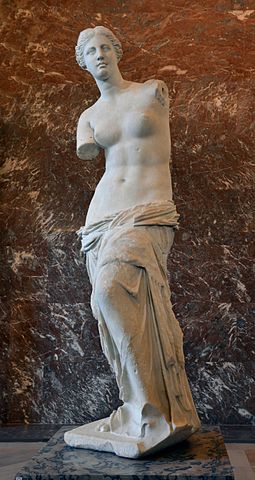
This famous statue sculpted around 100 BC, was discovered in 1820 on the island of Milos, from where it gets its name.
It represents the goddess of love Aphrodite, or Venus in Roman mythology.
It is one of the three most admired artworks in the museum.
The Winged Victory of Samothrace
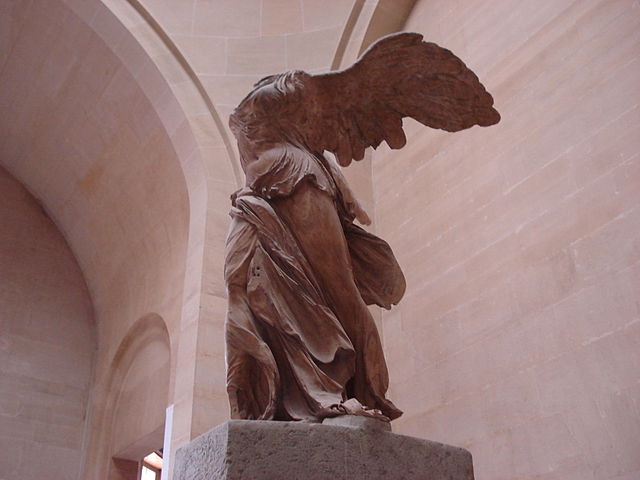
Here is the third artwork that is the most admired in the Louvre: The Winged Victory of Samothrace.
It has been estimated that it was sculpted around 200 BC. It was discovered in 1863 on the Greek island of Samothrace.
This sculpture consists of a statue that represents Nike, the goddess that personifies the Victory, and of a ship’s prow-shaped base.
It is one of the most impressive artworks in the museum since it is 5.12 metres tall.
The Coronation of Napoleon by Jacques-Louis David
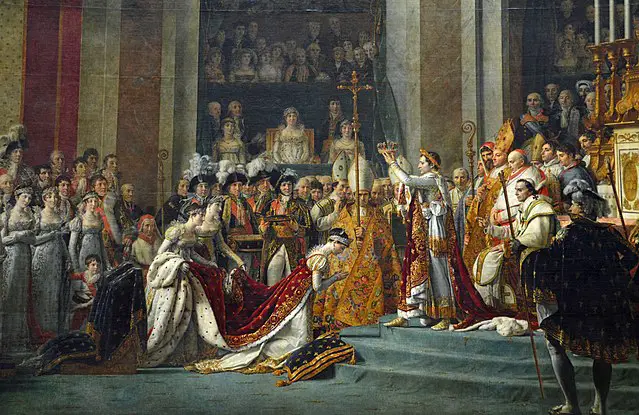
This painting, painted between 1806 and 1807, represents Napoleon during his consecration and the coronation of the Empress Josephine in the Cathedral of Notre-Dame.
There is a replica in the Palace of Versailles.
The Raft of the Medusa by Theodore Gericault
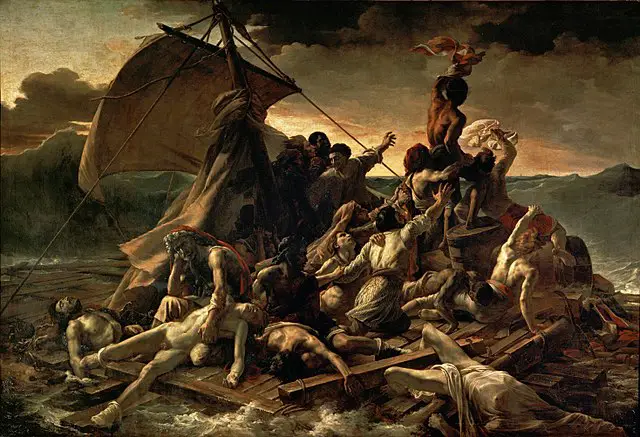
This artwork is not recommended for the faint of heart.
Extremely realistic, this masterpiece shows a real event, the shipwreck of the Medusa, which occurred in 1816.
Painted between 1818 and 1819, it represents the survivors and the dead of this tragic incident.
Liberty Leading the People by Eugène Delacroix
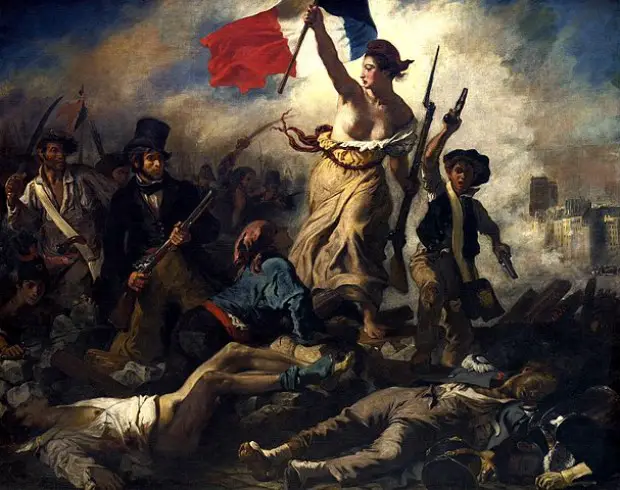
Painted by Eugène Delacroix in 1830, it is frequently wrongly associated with the French Revolution of 1789, whereas in fact, it represents the July Revolution which happened on the 27, 28 and 29 of July in 1830.
It represents a scene of the revolution, where we can see a woman guiding the revolutionaries, personifying Liberty.
The masterpiece would have inspired Victor Hugo for his literary work Les Misérables, in particular the character of Gavroche.
The Wedding Feast at Cana by Paolo Veronese
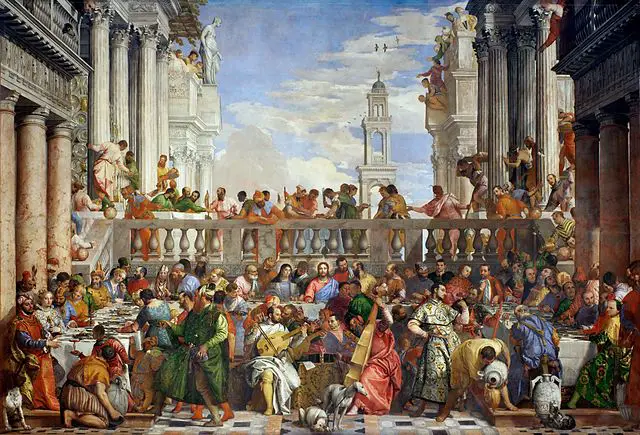
This painting is the most imposing artwork in the museum since it is 6.66 metres tall and 9.90 metres long.
Painted between 1562 and 1563, it represents the biblical narrative of the Wedding Feast at Cana, during which Christ accomplished his first miracle, turning water into wine.
Winged Human-headed Bull
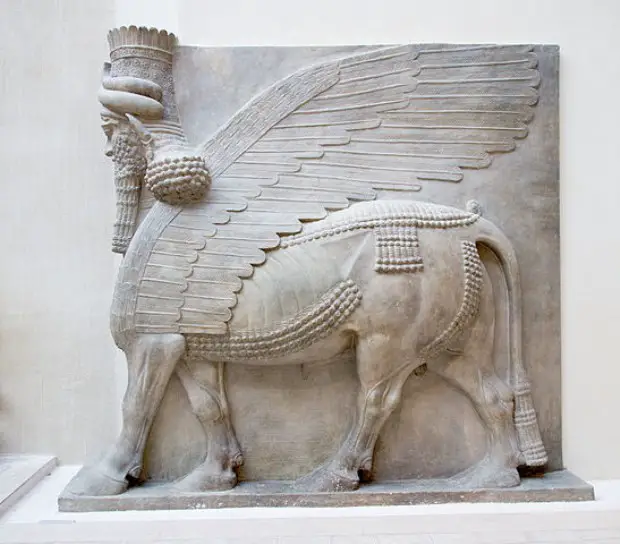
These bulls which are 4 metres tall come from Khorsabad palace in Mesopotamia.
These creatures with a human’s head, a body of a lion and bird’s wings were the protectors of the cities and palaces and repulsed all enemies that tried to enter.
The Great Sphinx of Tanis
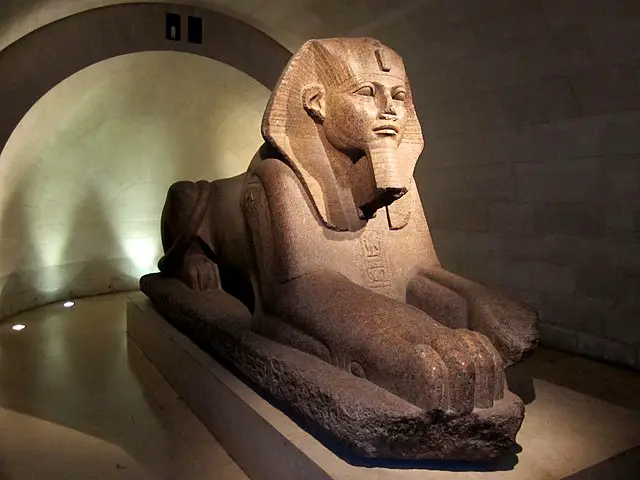
Sculpted around 2600 BC, this artwork represents a sphinx, a chimaera with the body of a lion and a human’s head.
Sphinx were representations of the power of the Pharaohs and they watched their graves.
On this sphinx, we can read inscriptions about the Pharaohs Ammenemes II, Merneptah and Shoshenq I.
The Stele of the Code of Hammurabi
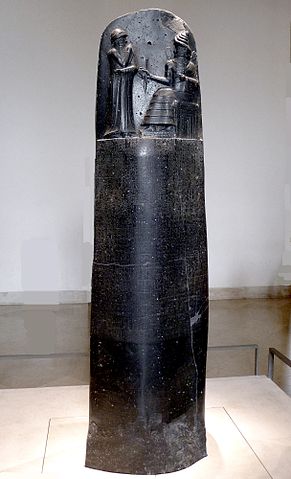
Among the ancient artworks of the museum, the Code of Hammurabi is one of the most singular.
It is the most ancient legal text in the world, written around 1750 BC.
It compiles court judgments delivered during the reign of Hammurabi, king of Babylon.
Recommendations
There are some rules to observe when you visit the Louvre, like in any other museum.
- It is forbidden to smoke, drink or eat, speak too loud, touch the artwork, run and use a flash when you take a picture. However, for temporary exhibitions, it is forbidden to film or take pictures.
- Since the terror attacks in 2015, the security at the entrances has been reinforced and the waiting time can be longer. Don’t come with a suitcase or a large bag, as security guards won’t let you come in.
- Pay attention to pickpockets that are inside and outside the museum. Indeed, they take advantage of long queues, in which people are not paying attention, to rob you. Also pay attention to where the crowd is large, for example around Mona Lisa or the Venus de Milo.
- Don’t rush the masterpieces of the museum, if you really want to see them up close. The crowd can be really dense around the Mona Lisa for example, where it is really difficult to come closer to admire it.
- As said above, it is impossible to visit all of the Louvre in one day, so it is not very useful to stay for too long in the museum. In fact, after 3 hours you will be exhausted walking down the galleries.
My advice: Wander around! The Louvre museum is overflowed with under-appreciated artworks and there is always something interesting to see. Let your eyes wander through the museum and follow your instincts.
I aim to share my tips and recommendations for the beautiful country of France. My goal is to help you plan your next adventure, whether it’s a weekend getaway or a once-in-a-lifetime trip. From finding the best hotels and restaurants, to discovering unique activities and sights, I’ve got you covered!


